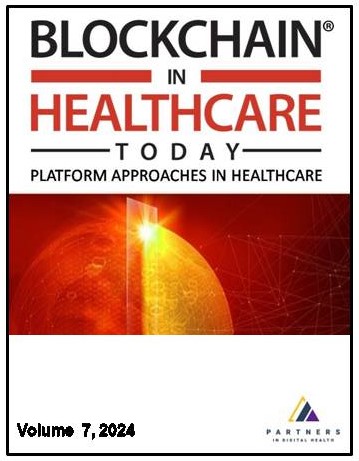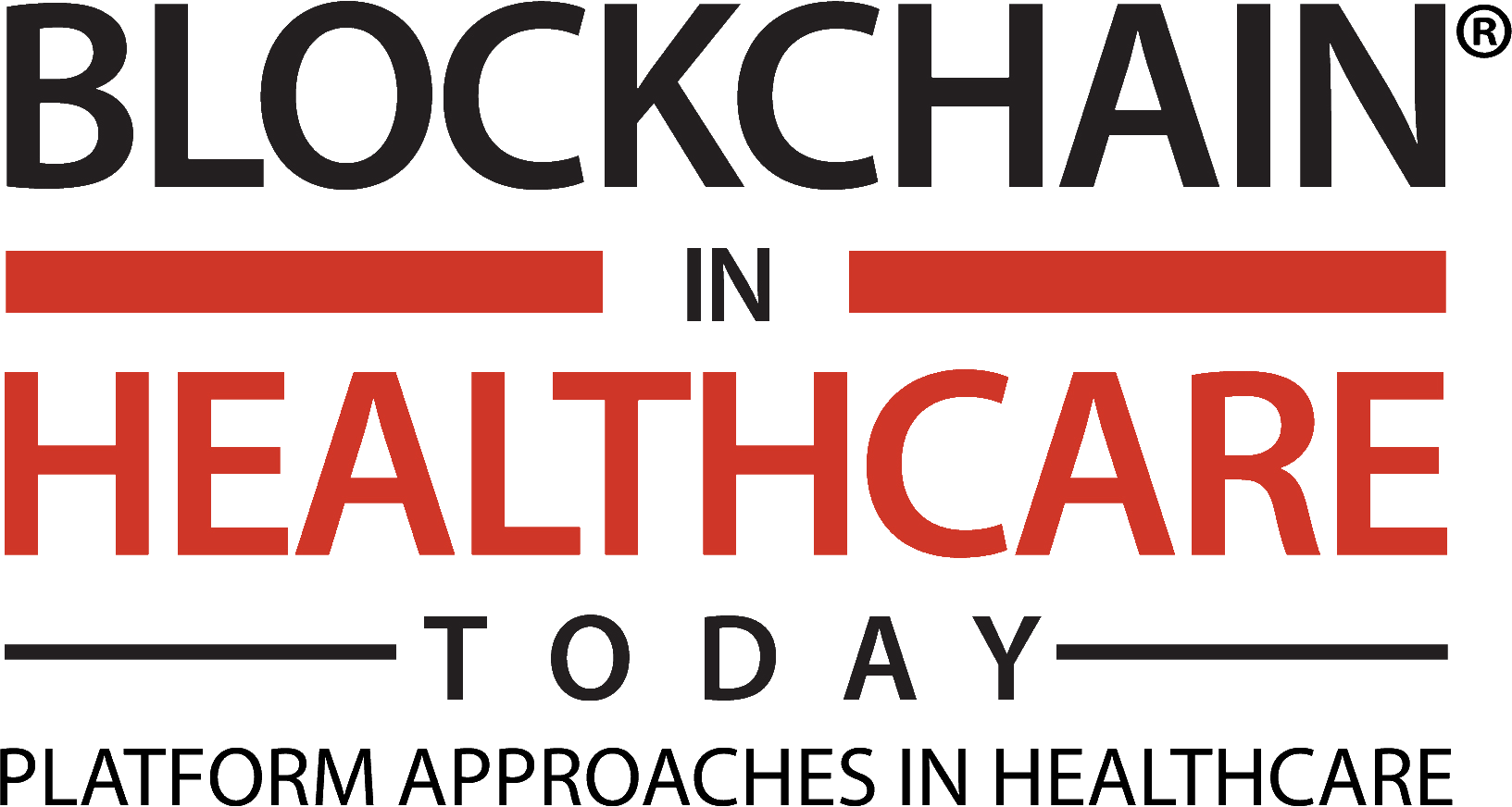
Additional files
More articles from Volume 2, Issue 1, 2019
Comment on: DMMS: A Decentralized Blockchain Ledger for the Management of Medication Histories
Top 10 Blockchain Predictions for the (Near) Future of Healthcare
Implementation Considerations for Blockchain in Healthcare Institutions
Voice Biometrics and Blockchain: Secure Interoperable Data Exchange for Healthcare
Ethical Implementation of the Learning Healthcare System with Blockchain Technology
Article views
Implementation Considerations for Blockchain in Healthcare Institutions
Abstract
Objective: This article aims to provide a primer on blockchain technology and implementation considerations for blockchain at healthcare institutions.
Results: After research and interviews, we developed a primer and a high-level implementation guide for healthcare systems exploring the use of blockchain technology.
Conclusions: The use of blockchain technology in health care is at a promising stage in development but blockchain-based applications are yet to be demonstrated as a viable platform for exchanging and reviewing information. Healthcare systems should be cautiously optimistic regarding the potential of blockchain and do a thorough business and technical diligence that is driven by targeted use cases to be successful.
Keywords
References
Citation
Copyright
This is an open access article distributed under the Creative Commons Attribution License which permits unrestricted use, distribution, and reproduction in any medium, provided the original work is properly cited.
Article metrics
The statements, opinions and data contained in the journal are solely those of the individual authors and contributors and not of the publisher and the editor(s). We stay neutral with regard to jurisdictional claims in published maps and institutional affiliations.

